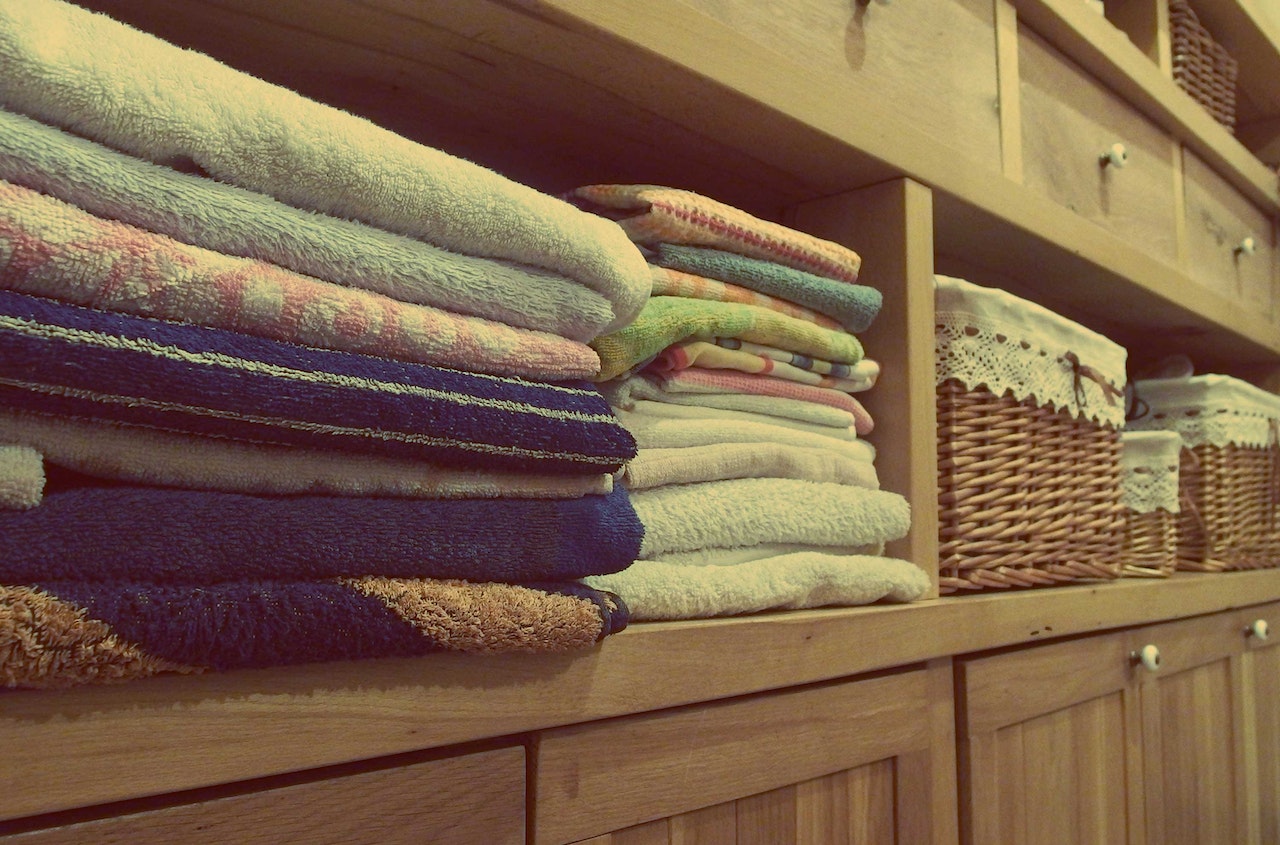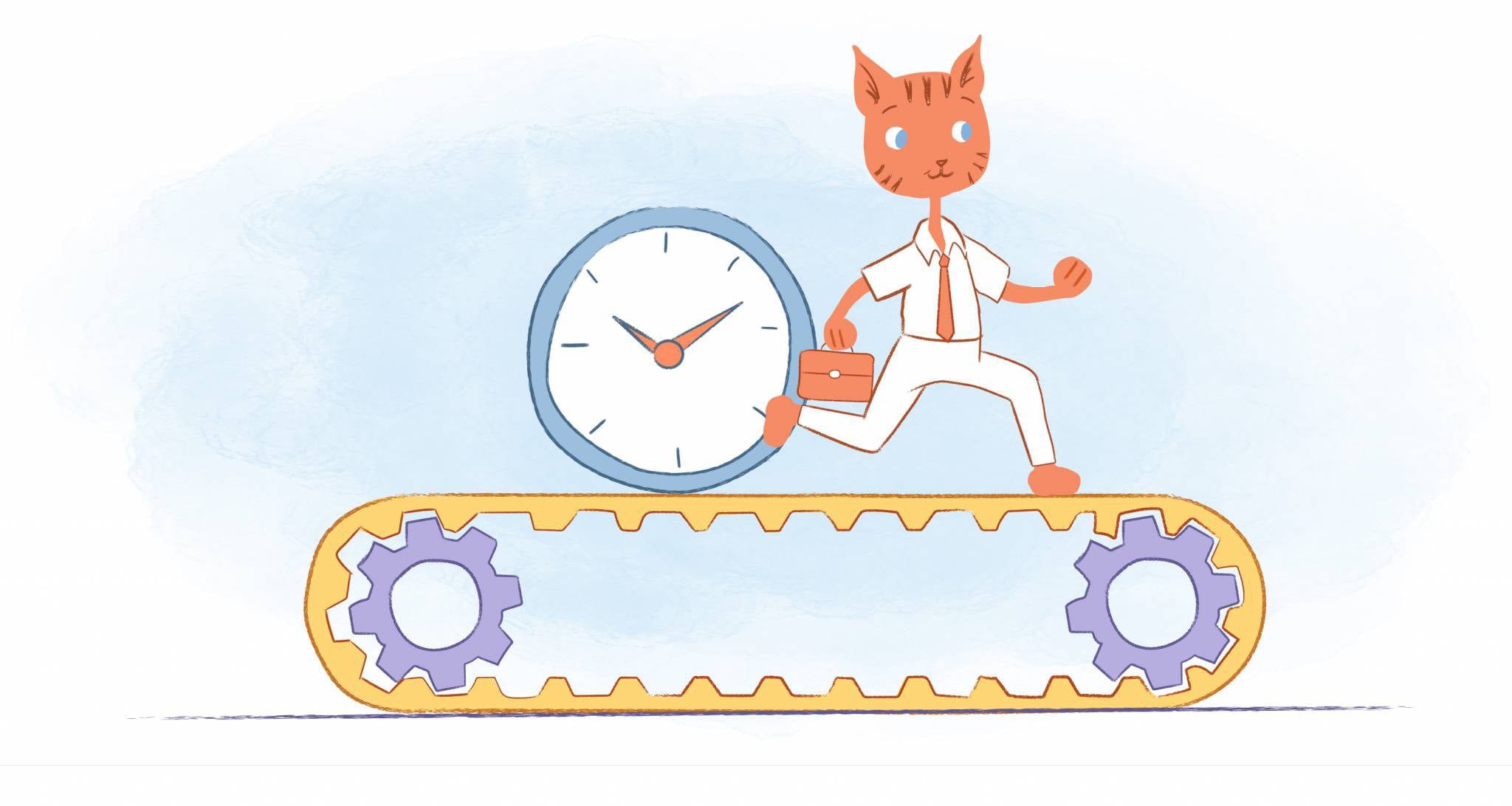

At first, the thought of reorganizing your home can sound like a dreadful task. It requires weeks or sometimes even months of planning, researching, and then finally — executing. But home reorganizing is a lot easier than you might think. As long as you have a plan of attack and know some good organizational hacks, the project will be a breeze.
If you’re planning to reorganize your home in the near future, make sure you’re prepared. Here are seven helpful tips to keep in mind.
1. Have the Right Mindset Going Into It
First and foremost, a big organizing project requires the right mindset. Some say don’t reorganize when you’re in a state of frustration and feeling stressed about your home — but that may be when you have the best energy and need to burn it off. You’ll get as many calories burned off with a massive move-the-furniture-around effort in your home or apartment as you will with a full workout.
Also, you don’t need to organize just because you have visitors coming — but again, sometimes that’s when you have the impetus to put in the physical and mental effort. And — for sure, the cleaning effort will feel good. The duct tape solutions work fantastic for a short time when it comes to cleaning and organizing — but you’ll want to do a more concentrated and thoughtful effort for your home when possible.
When you start a home reorganization project, do it because you want your home to be cleaner and more organized. Do it so that you have a nice place to spend time — one that won’t stress you out or make you overthink. When you have this mindset, you’ll be more motivated. Once you have the right mindset, look at other psychological tricks for motivation to ensure you stay productive.
2. Determine Which Areas Are a Priority
Looking at your entire home as one big project is never a good idea. It’s too overwhelming to think of every single room, cabinet, shelf, and so on that needs organizing. Instead, prioritize the most inefficient areas of your home first as you tackle home reorganization. Write down a list of every room in your home. Common rooms or areas might include the living room, kitchen, bedroom(s), bathroom(s), and home offices. Then, determine which rooms are the most cluttered, disorganized, messy, and inefficient.
Once you have a list of all the rooms in your home, you’ll instantly feel relieved. Not only will you know which room to start with, but you’ll also have a better idea of the timeline. Seeing which rooms you have to organize will help you understand how long reorganization might take. So, don’t jump into organizing too quickly. Take the time to map out and plan your project. You’ll be glad you did.
My mother started in January every year and cleaned one closet a week. When the closets were done, she started back through the house and moved the furniture in each room to rearrange it (one room a week). I’ve continued this practice in my own home, and it really keeps things cleaned out. She had another rule — nothing under the bed, ever. Try it — it is a miracle worker.
3. Tackle Small Projects in Each Room
Even small projects should be considered big wins. This is why you should treat each room or area in your home as its own project. Looking at one room as several smaller projects will make organizing less stressful. If you don’t break it down into smaller tasks, you’re likely to feel overwhelmed and like you want to procrastinate.
Once you’ve listed out all the areas of your home in order of priority, take it room by room. For each room that you organize, look at it as one giant project. Create a list of tasks for what needs to be done in that room. Maybe you need to purchase organizational storage containers. Or, maybe you start by purging a closet or a pantry. Whatever the case may be, understanding your to-do items for each room will make organizing that much easier. Plus, creating lists eases anxiety and feeds creativity (both of which are great during a project such as this one).
4. Find the Right Organizational Tools
Once you create all of your to-do items for a particular space in your home, the next step is to actually organize. What you will quickly learn is that many spaces in your home are cluttered and disorganized. You may also come to realize how few organizational tools you have to fix and tidy these areas. But, not to worry. There are plenty of organizational tools that can turn a messy space into a functional one.
Baskets or bins, shelf risers, drawer organizers, command strips for hanging things on the inside of doors. Last year I decided that not one item would hang over a door — if it doesn’t fit in a closet or drawer, it’s outta there. In a word — wonderful — best declutter I’ve ever done.
There are countless ways you can organize your home by using different organizational tools. Not only will your life feel more in order after investing in these tools, but they’re also visually appealing. Once you take the time to truly declutter your home, it becomes more than just an organization project. It’s an interior design project as well. Experts say to find cute containers, labels, and ways to make your space fun. Other than the pantry and a couple of containers in the bathroom — I tossed that stuff. It feels good, and the clean look is unmistakable.
5. Declutter and Rethink Your Spaces
As you take on the monster of a project that is reorganizing your home, you’ll want to declutter a lot. Decluttering is immensely important if you want your home to feel organized and clean, but you should also rethink spaces. Look at different rooms in your home and think of ways you can get the most out of the space. Because let’s face it, you can’t get rid of everything.
The size of your home doesn’t matter; almost everyone is missing out on ways to utilize their space better. There are so many space-saving hacks that you may not even know about. If you find efficient ways to save space in various areas of your home, it could make a huge difference. Hang a pot rail instead of wasting cabinet space on big pots and pans. Mount drying racks to the wall in your laundry room instead of putting standalone racks in the room. Or, invest in a space-saving desk to re-imagine your office space. The possibilities are endless, and you can do so much more with your home than you think.
6. Think Long-Term When Organizing
When cleaning and organizing your home, quick fixes are not the way to go. These solutions won’t stick long-term, and, quite frankly, they might stress you out even more. When cleaning your bedroom, don’t skip purging your closet just to save time. Don’t throw a bunch of papers in your office into a drawer to deal with later. Home reorganization is a huge project, yes. But unless you take every aspect of it seriously, you’ll never get the results you desire.
Longer-term solutions for cleanliness and organization are typically no easy feat. The result of an organizational project done right is great, but it can take time. This is why you must brush up on your time management skills if you’re taking on a project like this. It’s easy to get distracted and bored with reorganizing, but stay on task, and you’ll get the job done quickly.
7. Keep Up the Cleanliness in Your Home
The whole purpose of home reorganization is to have a home that is clean, organized, and a healthy space to live in. The last thing you’d want to do after all your hard work is ruin it with a mess. Make sure you know what upkeep will be required to keep things clean and tidy. Sure, you can use rooms and get them a little messy occasionally, but cleanup should be easy. Otherwise, you’ll end up right back where you started.
If you live in a household with other people, make sure they know what’s new in each room. If things are organized differently than they have been in the past, everyone must know about it. Otherwise, things can end up in the wrong place, and chaos will ensue. Another idea is to create a shared family calendar as a way to stay organized. Keep each family member’s to-do list items in the calendar so that everyone contributes to cleaning the newly organized space.
Organizing your home will take a lot of time and effort; however, it doesn’t have to be stressful. As long as you have a plan going into it and know what your goals are, you’ll be just fine. Keeping helpful tips in mind along the way will make the process even more stress-free. Before you know it, you’ll be enjoying the serenity of an organized home.
[Related: 7 Skills That are Essential to Teams in 2023]
Featured Image Credit: Photo by Pixabay; Pexels; Thank you!











Abby Miller
Student at UC Berkeley, currently working on a degree in Electrical Engineering/Computer Sciences and Business Administration. Experienced in CSX, productivity management, and chatbot implementation.